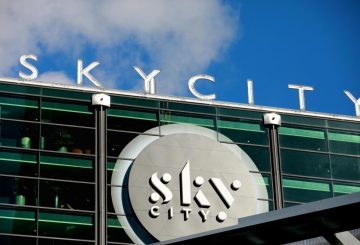뉴질랜드 건강 설문조사 (New Zealth Survey) 의 새로운 데이터에 따르면 식물성 식단의 증가와 친환경 식품 트렌드에도 불구하고 뉴질랜드에는 진정한 채식주의자와 완전 채식주의자가 거의 없습니다.설문 조사에 따르면 뉴질랜드인의 93% 가 붉은 고기를 먹는 것으로 나타났습니다.
오클랜드 대학교 인구보건대학원의 캐스린 브래드버리 (Kathryn Bradbury) 가 공동 저술한 이 연구에서는 채식주의에 대한 엄격한 정의를 적용해 참가자들이 식단에서 모든 형태의 육류를 완전히 배제하도록 요구했다.이 정의로 인해 기준이 덜 엄격했던 이전 연구보다 채식주의 비율이 낮아졌습니다.
브래드버리는 뉴질랜드인들이 붉은 육류 소비를 줄였다고 의심하면서도 이를 입증할 자료는 부족하다고 지적했다.그녀는 또한 효과적인 보건 정책을 개발하기 위해서는 인구의 식습관에 대한 최신 정보가 필요하다고 강조했습니다.
또한 설문 조사에 따르면 완전 채식주의자와 채식주의자는 육식주의자보다 젊고 날씬하며 혈압이 낮을 가능성이 더 높습니다.3차 교육 자격을 갖춘 사람들은 그렇지 않은 사람들보다 비건, 채식주의자 또는 식단에서 붉은 고기를 제외할 가능성이 더 높았습니다.또한 태평양인과 아시아 사람들은 뉴질랜드 유럽인보다 붉은 고기를 피하거나 비건/채식주의자를 지킬 가능성이 더 높았습니다.





























































